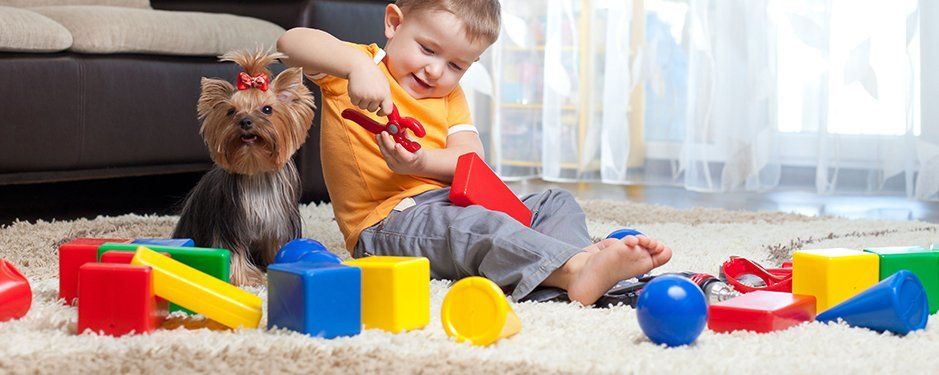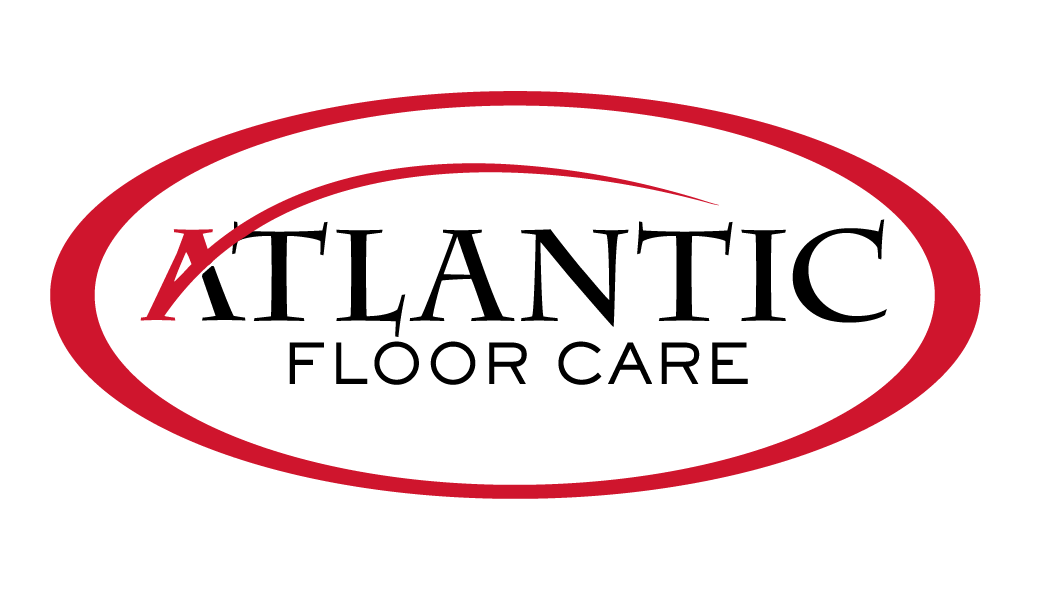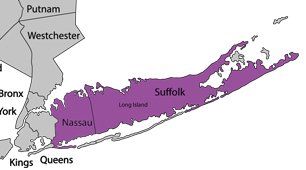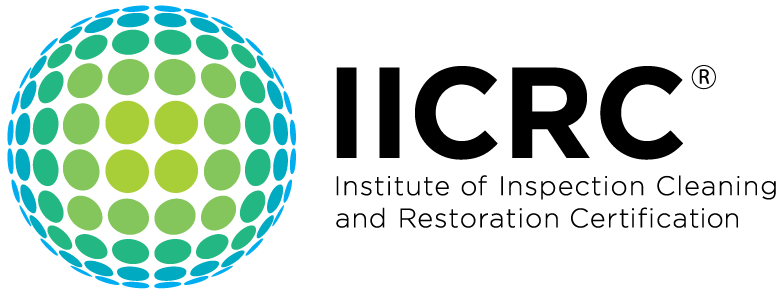Our Helpful Healthy Home Facts
The Importance of a Healthy Home
We all want to live in a safe environment, to keep ourselves and our families healthy. But to be able to maintain a healthy home, you need to be armed with the facts so you know what you’re up against and what to do about it.
For instance, did you know:
- We spend almost 90% of our lives indoors
- Allergies are the single most common children’s health issue and the 5th most common chronic disease
It’s true. In fact:
- Up to 30% of adults and 40% of kids suffer from allergies.
- There are 6 or more allergens present in the majority of homes.
It's Not Just Allergens, It's Bacteria Too
Allergens aren’t the only challenge we face in maintaining a healthy home. Bacteria is another obstacle in our path. It’s been reported that 7 pathogens or types of bacteria – not hundreds or thousands – cause 90% of illnesses, hospitalizations, and deaths. For the health-minded homeowners, one challenge we face is that 9 different types of pathogens can thrive and be entering your home on shoes alone.
Do Carpets Help or Hurt?
One little-known fact is that carpets, rugs, and upholstery act as air filters in the home, trapping allergens and bacteria that would otherwise circulate more freely. These soft furnishings are our healthy allies – sort of unsung heroes – in our home.
However, periodic deep cleaning of these carpets, rugs, and upholstery is required for them to remain optimally effective in their mission of capturing and holding unhealthy particles.
There are other surfaces where allergens and bacteria can build up. Over time, dirt, grime, and allergens build up in the porous surfaces of your stone, tile, and grout flooring and even granite countertops, which can lead to bacteria growth.

How About Our Beloved Pets?
We love them and they’re a big part of our families. Although not all homes own a pet, one study found that 100% of homes in the U.S. have detectable levels of dog and cat dander. [1] However it got there, on clothes or footwear or some other way, pet dander is everywhere. And what’s even more shocking is the level of pet dander in many homes:
- Over 55% of homes were found to have high enough levels of pet dander to trigger allergies. [10]
- 35% of homes had levels high enough to trigger an asthma attack. [10]
- Beyond the dander and the implications for allergy sufferers, pet urine is another pet owner nuisance – and it can also be a health risk. Did you know that pet urine in your carpet, rugs, or upholstered furniture can:
- Create potent odors that cause respiratory issues?
- Create a breeding ground for bacteria?

More Allergy Facts and Figures
The Asthma and Allergy Foundation of America (aafa.org) defines an allergy as the reaction of your immune system to a foreign substance, called an allergen. An allergen could be something eaten, inhaled into your lungs, injected into your body, or touched. Potential symptoms of an allergic reaction include coughing, sneezing, itchy eyes, a runny nose, and a scratchy throat. Rashes, hives, low blood pressure, breathing trouble, asthma attacks, and even death are more severe reactions to allergens.
The most common allergic reaction is called allergic rhinitis, more commonly known as hay fever. This condition is a general term used to describe symptoms that affect the nose.[3] Typical symptoms include:
- Stuffy nose
- Itching in the nose, mouth, eyes, throat, or skin
- Puffy and often swollen eyelids
- Sneezing
- Cough
- Dust mites, pet hair dander, cockroaches, or mold
- Airborne mold spores, pollens from trees, grasses, or weeds
- Cigarette smoke
- Strong odors like perfume, hair spray, or other fumes
- Cosmetics
- Laundry detergents
There are generally two types of hay fever:
- Seasonal – Symptoms occur in the spring, summer, and fall. They are caused by sensitivity to airborne triggers like pollen and mold spores.
- Perennial – Symptoms can occur year-round and are triggered by sensitivity to pet dander, dust mites, cockroaches, or mold.
How Many People Are Affected by Allergies?
- Researchers estimate that approximately 50 million people in the United States are affected by nasal allergies.
- Allergic disease, including asthma, is the fifth leading chronic disease in the U.S. and for children under 18 years old, it’s the third most common chronic illness.
- 17.6 million adults and 6.6 million children had hay fever in 2012.
How Many People Get Sick From Allergies?
- Over 11 million people were diagnosed with allergic rhinitis (hay fever) in 2012.
- The single most common health issues affecting children in the U.S. are allergic conditions.
What Is the Financial Impact of Allergies?
- Nasal swelling, a symptom of an allergic reaction, cost Americans $17.5 billion in health expenses in 2010.
- That same year, more than 6 million work and school days were missed due to allergy issues.
What Are the Types of Allergies?
Allergic reactions come from indoor and outdoor triggers. Sinus swelling, seasonal and recurring allergies, along with hay fever and nasal allergies, can all be triggered by indoor and outdoor sources. The most common triggers include tree, grass and weed pollen, mold spores, dust mites, cockroaches, and dander (from cats, dogs, and even rodents!).
Bacteria Facts and Figures
Think your bathroom is the dirtiest place in your home? Research by NSF International
in 2011 showed that your kitchen actually has the most germs. NSF International asked families to swab 30 household items to measure contamination levels of the most common forms of bacteria and germs, as well as yeast and mold. Both of these are considered to be triggers for allergic reactions. Some sobering highlights include:
- 81% of households tested had Coliform bacteria present in detectable levels (a family of bacteria that includes Salmonella and E. coli, which is an indicator of fecal contamination).
- 31% of these households had yeast and mold present.
- 45% of kitchen sinks tested had detectable amounts of Coliform bacteria.
- 32% of kitchen countertops had detectable amounts of Coliform bacteria.
- Only 9% of bathroom faucet handles had detectable amounts of bacteria.
Carpet Facts
- According to the National Center for Healthy Housing, carpet and rugs account for 65% of floor coverings.
- Carpets accumulate dust and dirt at approximately 5-25 grams per square meter of surface area.
- Carpets and rugs can act as air filters, trapping dirt and allergens and preventing them from circulating freely in the air. That’s in contrast to hard surfaces, on which dirt and dust and other unhealthy particles can settle but are easily stirred back up into the air once there is activity in the room.
- A U.S. Department of Housing and Urban Development (HUD) study found that when bedroom floors were at least 50% carpeted, cockroach allergen concentrations were lower than bedrooms, with less than 50% carpet.
- The same study found that other allergens were as much as 25% lower on carpeted floors than smooth, hard floors.
Benefits of Clean Carpets
Regular household cleaning is a simple, inexpensive but effective regimen that helps reduce overall exposure to allergens, dust, bacteria, and dander.
It is recommended to use a quality vacuum with a High-Efficiency Particulate Air (HEPA) filter weekly or at least every other week to pick up surface level dirt, dust, and other unhealthy elements and to help maintain your carpet’s ability to act as an effective filter.
Periodic deep cleanings are also recommended, which can get down to the base of the carpet, where much of the dirt, allergens, and bacteria settle. Seek the services of a qualified professional carpet cleaning company 2-3 times per year. Educate yourself on the options. Some services like traditional steam cleaners use not only soapy water but high pressure, which can soak through to the base of the carpet backing and create a breeding ground for mold, mildew, and bacteria.
With typical steam cleaning, your carpets often stay wet for 2 or more days, which is also a nuisance for the family. Other services like Chem-Dry use green-certified solutions without any soaps or detergents and use far less water, so carpets dry faster – within a couple of hours rather than a couple of days.
Sources
- Webmd.com Allergy Statistics - http://www.webmd.com/allergies/allergy-statistics
- http://www.cnn.com/2013/10/29/health/fight-germs-home-upwave/
- American College of Allergy, Asthma, and Immunology. Allergy Facts. http://acaai.org/news/facts-statistics/allergies
- CDC. National Center for Health Statistics.FastStats: Allergies and Hay Fever. 2012. http://www.cdc.gov/nchs/fastats/allergies.htm. Last Updated 2014.
- Jackson K, Howie L, Akinbami L. CDC. Trends in Conditions Among Children: United States, 1997-2011. NCHS Data Brief. No 121. May 2013. http://www.cdc.gov/nchs/data/databriefs/db121.pdf
- Schaffer F. National Impact of Allergies. Academy of Allergy and Asthma in Primary Care. http://www.aaapc.us/wp-content/uploads/2013/01/National-Impact-of-Allergies.pdf
- NSF International - http://www.nsf.org/consumer-resources/studies-articles/germ-studies/germiest-items-home
- National Center for Healthy Housing - http://www.nchh.org/Portals/0/Contents/CarpetsHealthyHomes.pdf
- National Institute of Environmental Health Sciences (NIEHS) https://www.niehs.nih.gov/news/newsletter/2008/march/allergen.cfm
- National Survey of Lead & Allergens in Housing, by National Institute of Environmental Health Sciences (NIEHS) & U.S. Department of Housing & Urban Development https://www.ncbi.nlm.nih.gov/pubmed/15241352
Request Service
Send us a message
Atlantic Floor Care is a Green-certified business. Contact us today!
Call us at
516-768-5221
FREE estimates!




